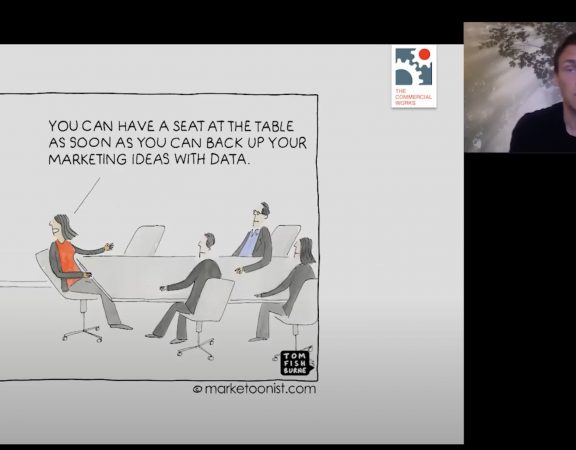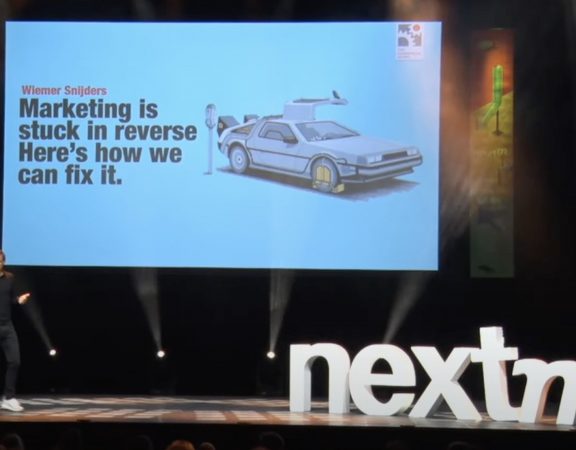One of the most widely used marketing tools is segmentation. Segmentation seems, at first sight, self-evident: people differ in their behaviour and preferences. It has, however, some persistent pitfalls. In this post I discuss one of those: the heavy buyer fallacy.
A fizzy soft drinks case
Imagine yourself the marketing manager of ShizzleDrizzle, a fizzy soft drink brand with a market share of 12%. You have just finished a segmentation study; the names, sizes and buying indexes of ShizzleDrizzle’s segments you see in Table 1.
Table 1: Overview of ShizzleDrizzle segments
You have just received a big report and have a good idea of how these segments look, think and act. Now, how to proceed? Lots of marketers would follow the advice of the famous Al Ries & Jack Trout: “In the communication jungle out there, the only hope to score big is to be selective, concentrate on narrow targets.”
This often-used quote contains two core assumptions:
- You can’t be relevant to everybody (so, be selective)
- The more relevant you can be, the better (so, concentrate on narrow targets)
Following this line of reasoning, it makes sense to select the segments with the highest buying indices as target groups; in this case Urban Hedonists and Variety Seekers. At first sight it seems obvious to follow the money and thus go after heavier buyers, as you rather spend a buck on people that buy more, rather than less. The problem with this apparent logic, however, is that narrower targeting always means targeting less people. To grow your brand, you need more people buying your brand. Hence, getting wide reach is essential. Let’s put some numbers behind this line of reasoning.
Waste is good
Have a look at Table 2, which shows the same information as Table 1, but now the total spend is included based on the segment sizes and their buying frequency. As you can see, the two segments with the highest buying frequency spend only a little over a third (19% + 17% = 36%) of what you make. Ignoring the other segments means ignoring the other two thirds of your revenue.
Let’s think about this just a bit further. In conventional targeting strategy, you would consider hitting your two high value segments as being ‘on target’ and hitting the other three low value segments as ‘non-target’ or even ‘waste’.
Table 2: Overview of ShizzleDrizzle segments, now including total spend per segment
Fortunately, targeting is usually not that tight; i.e., lots of reach is ‘off target’, especially above the line. Also, most differences between segments on targeting variables tend to be modest. That means that even if you try hard to only target people with certain characteristics, you will hit a much wider variety of people. Good for you, because that means that you do reach those customers that are responsible for, in this case, the other 2/3 of your revenue…
The point of course, is that what is traditionally considered ‘waste’ isn’t waste at all. ‘Waste’ means reaching (very) light buyers. As a result, you will make it more likely category users will choose you in the next buying situation. It helps brand growth because there are so many of these (very) light buyers.
Sophisticated mass marketing
So, people do vary. As a marketer you can capitalize on this variation, but it’s wise to look at segmentation differently than the convention dictates. First, brands grow because they attract more buyers. So, within segments, focus on attracting more buyers instead of trying to make existing buyers buy more.
Second, selecting your high value segments and ignoring the rest means leaving money on the table. Instead, make sure you have the product portfolio and communication around those propositions to be attractive to all segments. Professor Byron Sharp talks in this context about ‘sophisticated mass marketing’: “It means understanding the heterogeneity in your market, and then catering for only the differences that matter in order to maximize reach while not eliminating the benefits of scale”.
Costs and benefits
Finally, it is wise to measure whether it is worth spending time and effort on segmentation. Marketing is always about balancing costs and benefits. I have seen many cases where the additional payoffs of segmentation turn out to be much less than expected or are absent at all. Getting marketers to work with segments or personas and getting the tools in place usually comes with a cost. Segmentation looks self-evident in marketing books, but it’s not. It is all about balancing: differences vs. similarities, cost vs. benefits. Getting this balance right is hard work.





